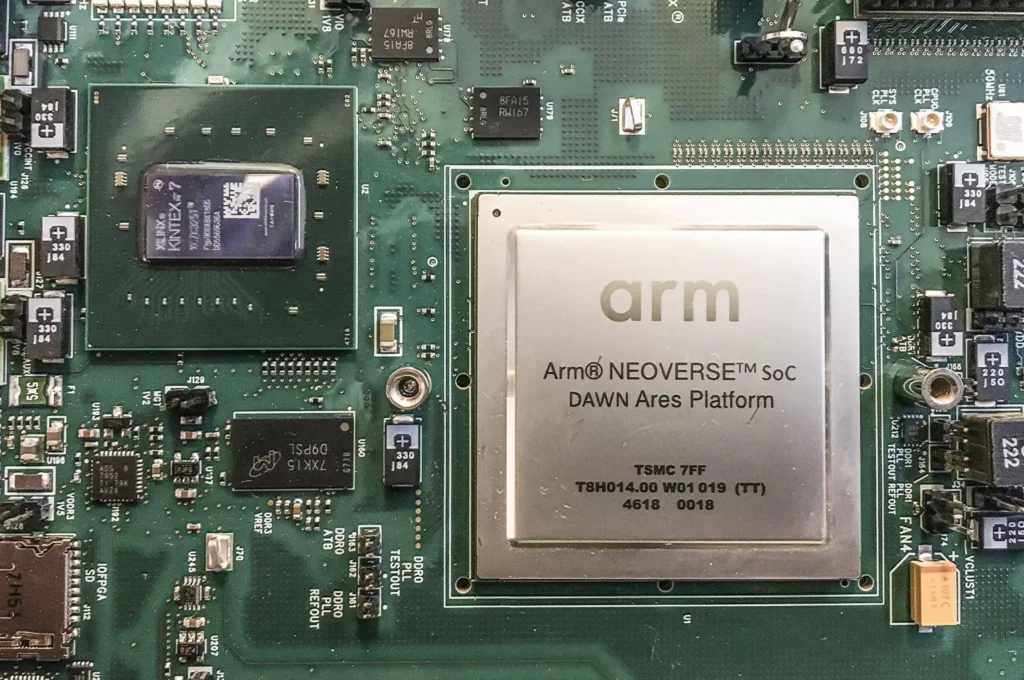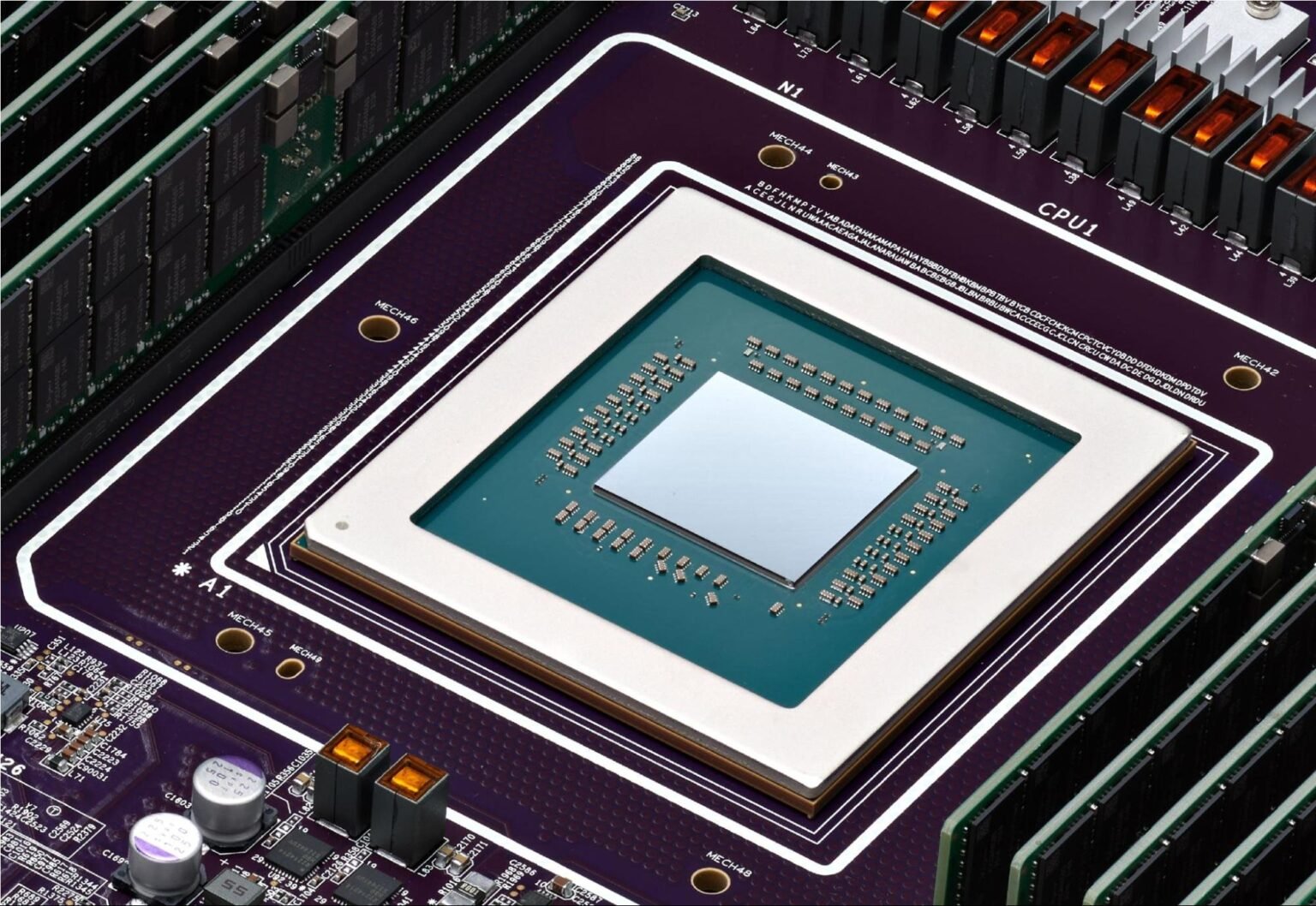A central processor based on Arm architecture was introduced by Google along with details about a new version of its artificial intelligence processors for data centers.

Though developers can only use Google’s Cloud Platform to access Google’s tensor processing units (TPUs) and cannot purchase them directly, they are one of the few practical substitutes for Nvidia’s cutting edge AI hardware.
Google intends to make available via Google Cloud the Arm-based central processing unit (CPU) known as Axion. In the cloud, the company claimed to outperform general-purpose Arm chips and x86 chips in terms of performance.
According to Mark Lohmeyer, vice president and general manager of computing and machine learning infrastructure at Google Cloud, “we’re making it easy for customers to bring their existing workloads to Arm.”
To set themselves apart with their computing capabilities, other cloud providers like Microsoft and Amazon.com have developed Arm CPUs. Google has not yet produced a CPU, but it has created other specialized chips for YouTube, AI, and its smartphones.
About the chips
Broadcom and Google collaborated on earlier iterations of the TPU processors. Regarding Axion and Broadcom’s participation with the TPU v5p, Google declined to comment on whether it worked with a design partner.
The new TPU v5p chip, according to the Alphabet subsidiary, can achieve double the raw performance of the previous generation of TPUs and is designed to operate in pods of 8,960 chips. Google makes use of liquid cooling to assist guarantee that the pod operates at peak efficiency.

Compared to “general-purpose Arm chips,” the Axion chip performs 30% better, and compared to the current generation of x86 chips made by Advanced Micro Devices and Intel, it performs 50% better.
Axion is utilized by multiple Google services, including Google Cloud’s YouTube Ads. According to the corporation, these applications will grow and be made public “later this year.” Generally speaking, Google’s cloud offers the TPU v5p.
Read more about Google’s film creation tool: What is ‘Google Vids’?



